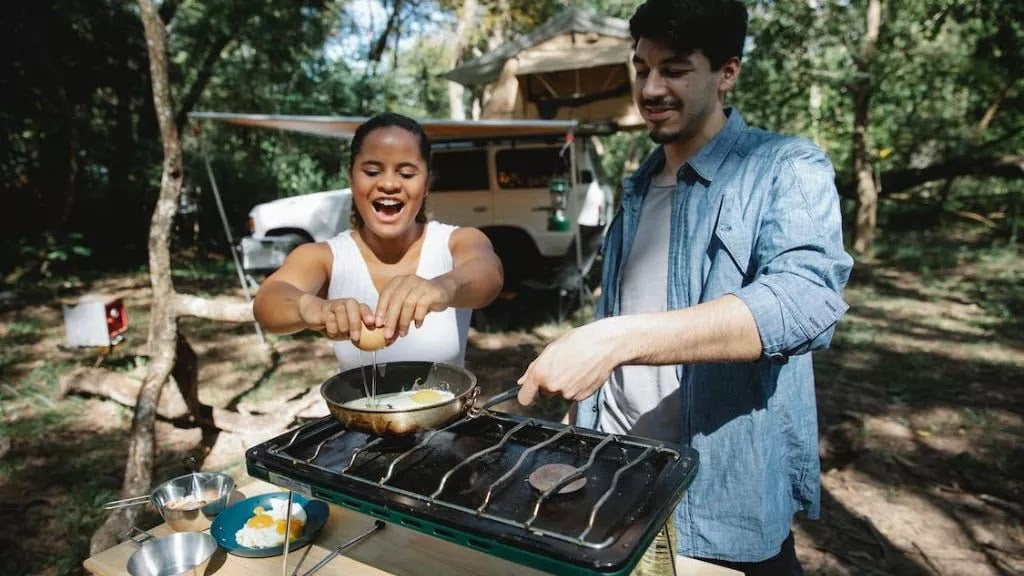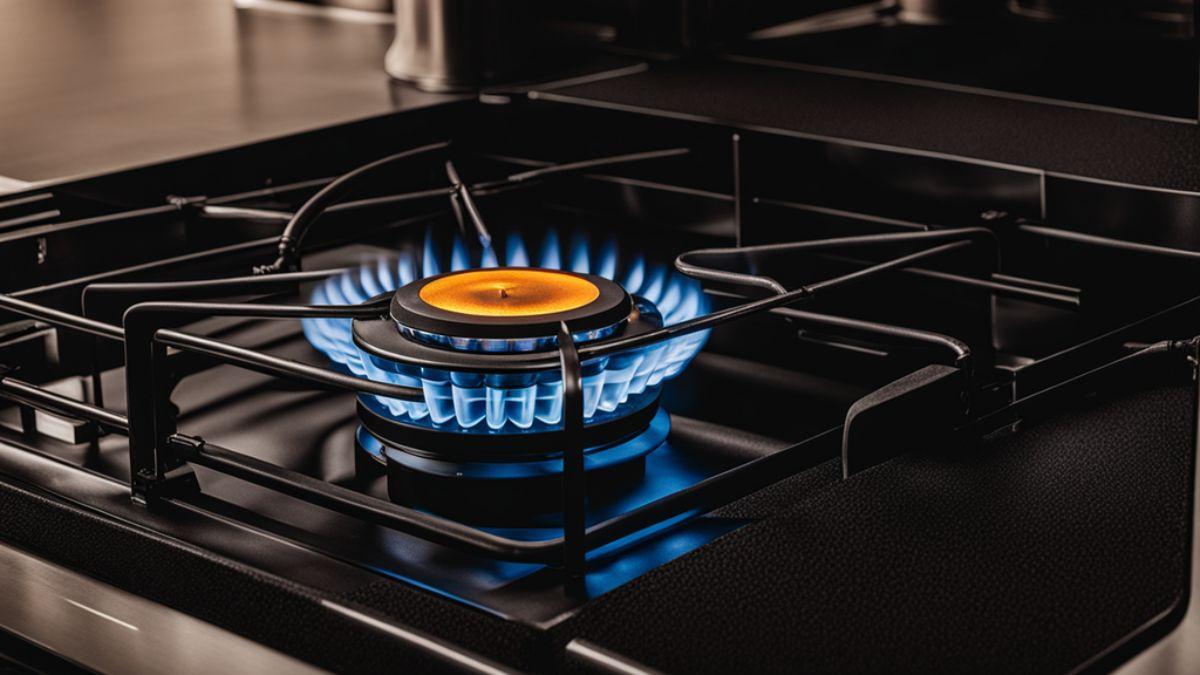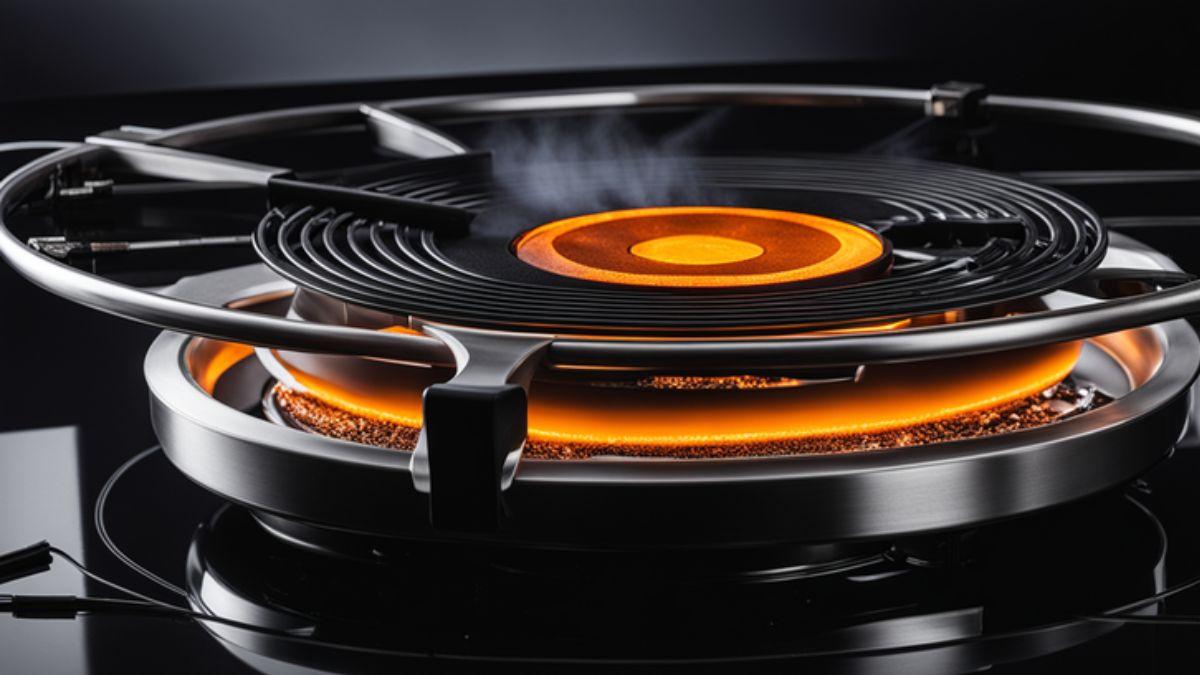
We may earn money or products from the companies mentioned in this post.
An electric stove burner can reach temperatures of around 500°F to 800°F (260°C to 427°C). Precise temperatures vary by stove model and settings.
Understanding the heat output of an electric stove burner is crucial, especially for those who love to cook or are concerned about kitchen safety. An electric stove provides consistent and easily controllable heat, essential for cooking a wide range of dishes.
The ability to adjust the temperature allows chefs and home cooks alike to simmer, boil, fry, or sear foods to perfection. Modern electric stoves are designed with various burner sizes that offer different heat levels to accommodate small to large pots and pans. Knowing how hot the burners get can also guide you in using the correct cookware to avoid damage and ensure efficient heating. Balancing safety with culinary needs, electric stoves remain a popular appliance in homes and professional kitchens.
Reed: Unleash Culinary Excellence: Top 6 Pots and Pans for Gas Stoves
The Heat Range Of Electric Stove Burners
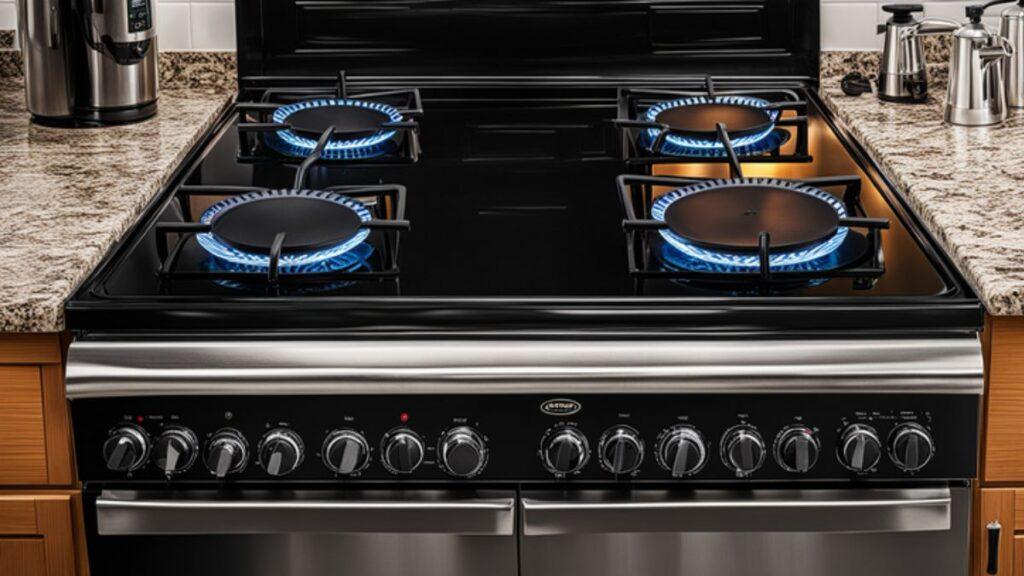
Electric stove burners have a wide range of heat. Settings aid in a variety of cooking tasks. Let’s delve into the details.
Heat Settings And Their Uses
Low Setting: This is perfect for simmering and warming food.
Simmer:Keep a slow cook going without worry.Warm:Maintain the temperature of already cooked food.
For more intense cooking, intermediate and high settings come into play.
Medium Setting: Excellent for regular cooking.
Fry:Ideal for sautéing or frying food items.Cook:Best for normal cooking that requires a bit more heat.
Finally, the maximum settings offer the strongest heat.
High Setting: Perfect for boiling water or searing meat.
Sear:Get a nice crust on your steak or other meats.Boil:Quickly get your water bubbling for cooking pasta or making soup.
Maximum Temperatures Explained
The maximum temperature an electric stove burner can reach depends on its wattage.
| Wattage | Temperature |
| Less than 2000 Watts | Up to 550° F |
| 2000 to 3000 Watts | Up to 1000° F |
| More than 3000 Watts | Up to 1500° F |
Types Of Electric Stove Burners
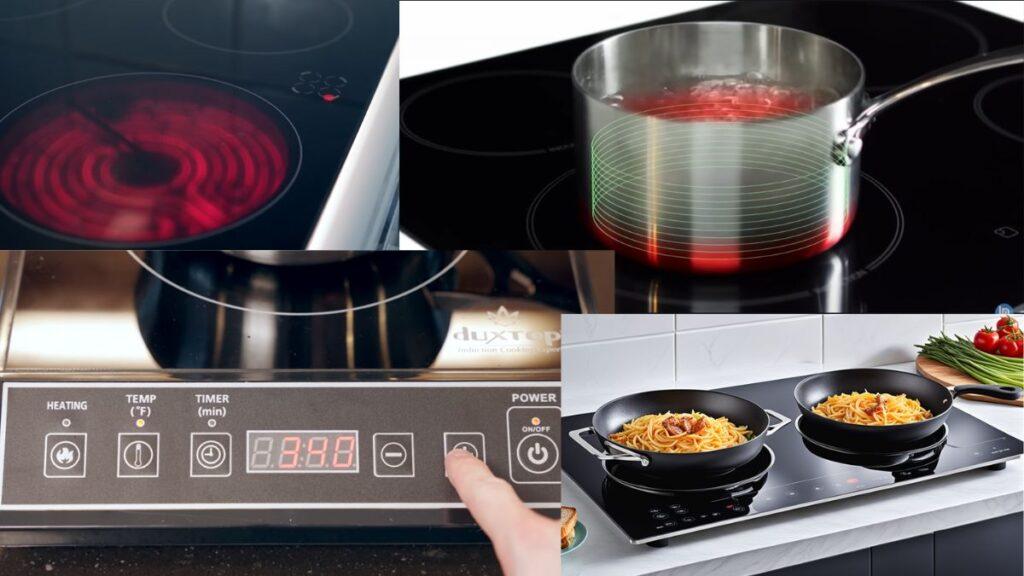
Electric stove burners come in multiple forms, each producing different levels of heat. In this guide, we will explore three main types: coil elements, smooth-top ranges, and induction cooktops.
Coil Elements
The coil element is the most common type of electric stove burner. It operates by passing electricity through a metal coil, heating it to temperatures of up to 750 degrees Fahrenheit. This classic cooker offers simplicity and affordability.
- Heat output: Up to 750 degrees Fahrenheit
- Benefits: Affordable, simple to use
Smooth-top Ranges
Smooth-top ranges, popular for sleek modern designs, work by heating tempered ceramic or glass surfaces. Cooks enjoy a smooth surface for easy cleaning. Temperatures reach from 700 to 1200 degrees Fahrenheit.
- Heat output: Between 700 to 1200 degrees Fahrenheit
- Benefits: Modern design, easy to clean
Induction Cooktops
Induction cooktops use magnetic fields to heat cookware directly, skipping the burner entirely. They provide quick, efficient heating, but demand special induction-compatible pots and pans. Induction cooktops can reach up to 500 degrees Fahrenheit.
- Heat output: Up to 500 degrees Fahrenheit
- Benefits: Fast, efficient heat, safer to use
Factors Affecting Burner Heat
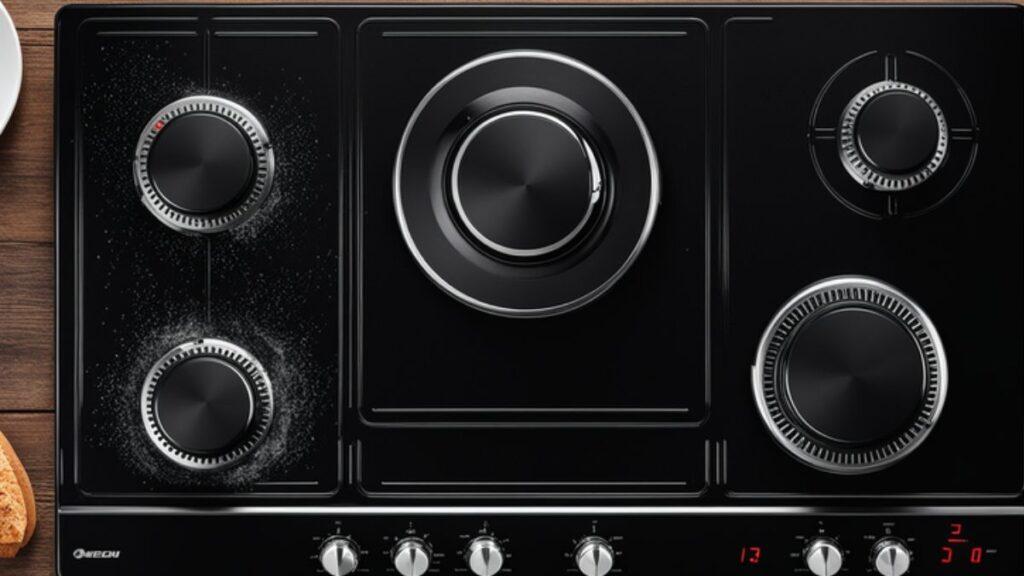
When it comes to cooking, knowing how hot your electric stove burner can get is key. Various factors influence the maximum heat. Let’s turn up the dial to understand these aspects.
Material Conductivity
The material of your cookware affects how well heat transfers from the burner to your food. Metals like copper and aluminum heat up quickly and evenly. On the other hand, stainless steel and cast iron might take longer to get hot.
Burner Size And Wattage
- Larger burners generate more heat.
- Wattage measures power. Higher wattage burners heat faster.
Ambient Kitchen Temperatures
The temperature in your kitchen also plays a role. A warm environment can make the stove heat up more effectively. Conversely, a cold room could mean your burners need extra time to reach the desired temperatures.
Reed: How Hot Can an Electric Stove Burner Coil Get: Sizzling Facts!

Credit: www.americastestkitchen.com
Safety Measures For High Temperatures
When using an electric stove burner, understanding safety measures for high temperatures is crucial. Electric stove burners can reach high temperatures quickly, presenting potential hazards. This section offers essential tips to maintain safety while handling your electric stove. Each strategy ensures the well-being of everyone in the kitchen, from the novice cook to the seasoned chef.
Proper Hand Protection
Safety starts with protecting your hands. Use oven mitts or pot holders when touching hot surfaces. Always keep protective gear within arm’s reach to avoid burns. Make sure children know the importance of hand protection when near the stove.
Avoidance Of Overheating
- Stay nearby while cooking to monitor temperature changes.
- Use the correct heat settings for different cooking methods.
- Turn off burners immediately after use to prevent accidents.
Regular Maintenance Tips
| Maintenance Task | Details |
|---|---|
| Inspect | Check burners for damage every month. |
| Clean | Remove food debris to ensure even heating. |
| Replace | Fit new burners when old ones stop working well. |
Follow these tips to keep your stove in top shape. Regular maintenance avoids fire risks and improves efficiency.
Reed: Discover Electric Stove Safety: How Hot Does Electric Stove Get?
Culinary Uses Of Different Heat Levels
Every chef knows the importance of temperature control in cooking. From searing meat to simmering sauces, the level of heat on your electric stove burner can impact the outcome of your meal. A key thing to understand is how hot your electric stove burner can get and how to leverage it for different cooking techniques.
Searing Meats
High heat, usually around 450-550 degrees Fahrenheit, is ideal for searing meat. Searing forms a crispy, appealing crust on the surface and seals in the meat’s juices.
Simmering Sauces
For simmering sauces, a low to medium heat, generally 190-210 degrees Fahrenheit, is needed. This heat level helps in gentle cooking and infusion of flavors without burning the sauce.
Boiling Water For Pasta
To boil water for pasta, a high heat level, typically 212 degrees Fahrenheit, is used. This ensures a rapid, vigorous boil to cook the pasta to perfection within a short time.
Remember, accurate heat control is vital to create delicious and well-cooked meals. Understanding the heat levels of an electric stove burner allows you to master your recipes and bring out the best flavors in your food.
Comparing Electric To Gas And Induction
When it comes to cooking, the choice of stove can largely influence the outcome of your meals. In the world of stovetops, there are three main contenders; electric, gas and induction. Each type has its advantages and limitations in terms of temperature control, energy efficiency, and cooking speed. Here, let’s delve deep and compare these three types.
Temperature Control
Gas stoves allow for instant and precise heat control. Simply turn the knob and the flame size adjusts immediately.
Electric stoves, on the other hand, take some time to heat up or cool down. Control, though, remains uniform. It’s ideal for recipes that need slow and steady heat.
For induction stoves, magnetic fields heat the pot directly. It results in precise and responsive temperature control, similar to gas stoves.
Energy Efficiency
Next is the measure of energy use. Electric stoves are less energy-efficient than gas and induction. They consume more power to produce the required heat.
Gas stoves are better in terms of energy efficiency. They heat quickly and waste less energy.
But the winner here is the induction stove. It transfers energy directly into the cookware. This reduces energy losses and boosts efficiency.
Cooking Speed
Gas stoves are famed for their rapid heating capabilities. Foods cook quickly, saving you valuable time.
Electric stoves lag a bit in this aspect. These take a bit longer to heat and start cooking.
Induction stoves take the middle ground. They heat up faster than electric stoves yet slower than gas stoves.
While all three types have their pros and cons, the final decision depends on your cooking needs and preferences. Sharpen your culinary skills with a stove that best suits you.

Credit: www.amazon.com
Frequently Asked Questions Of How Hot Does An Electric Stove Burner Get
Do Electric Stoves Burn Hotter Than Gas Stoves?
What Is 400 Degrees On A Stove Top?
What Temp Is 7 On Electric Stove?
What Is The Temperature Range Of A Burner?
Conclusion
Understanding the temperature range of an electric stove burner is key for successful cooking. Experimenting with heat levels can improve your culinary prowess significantly. Invest time in mastering your electric stove and elevate your home-cooked meals to restaurant quality. Always remember, safety first when dealing with high temperatures in your kitchen.



